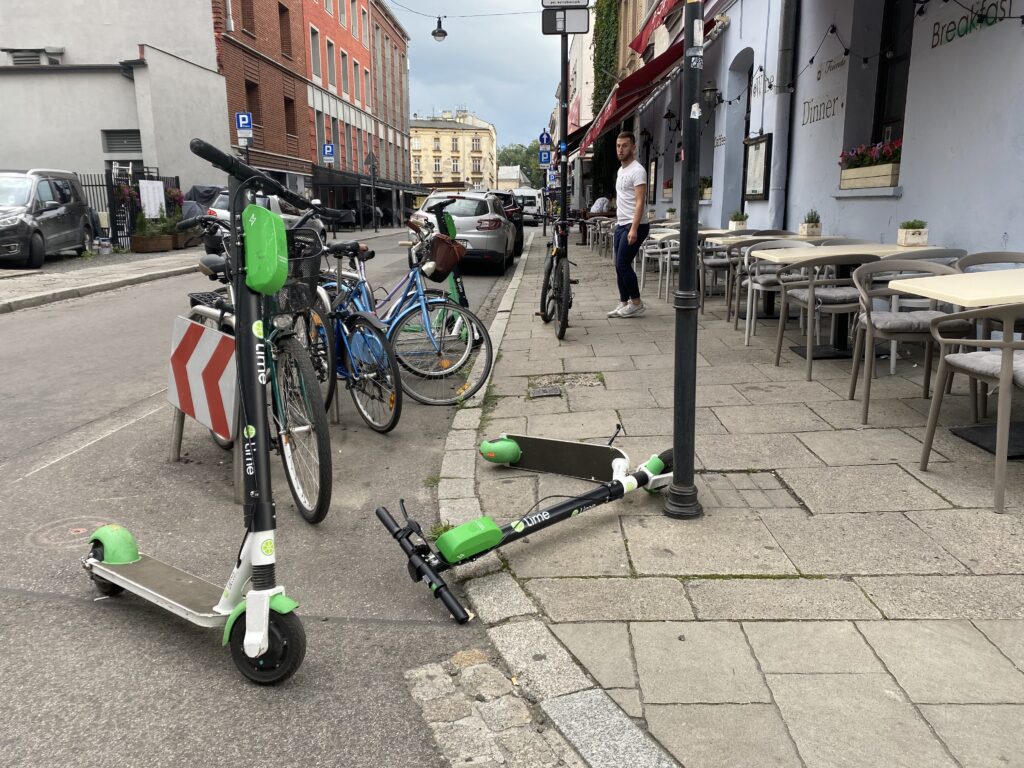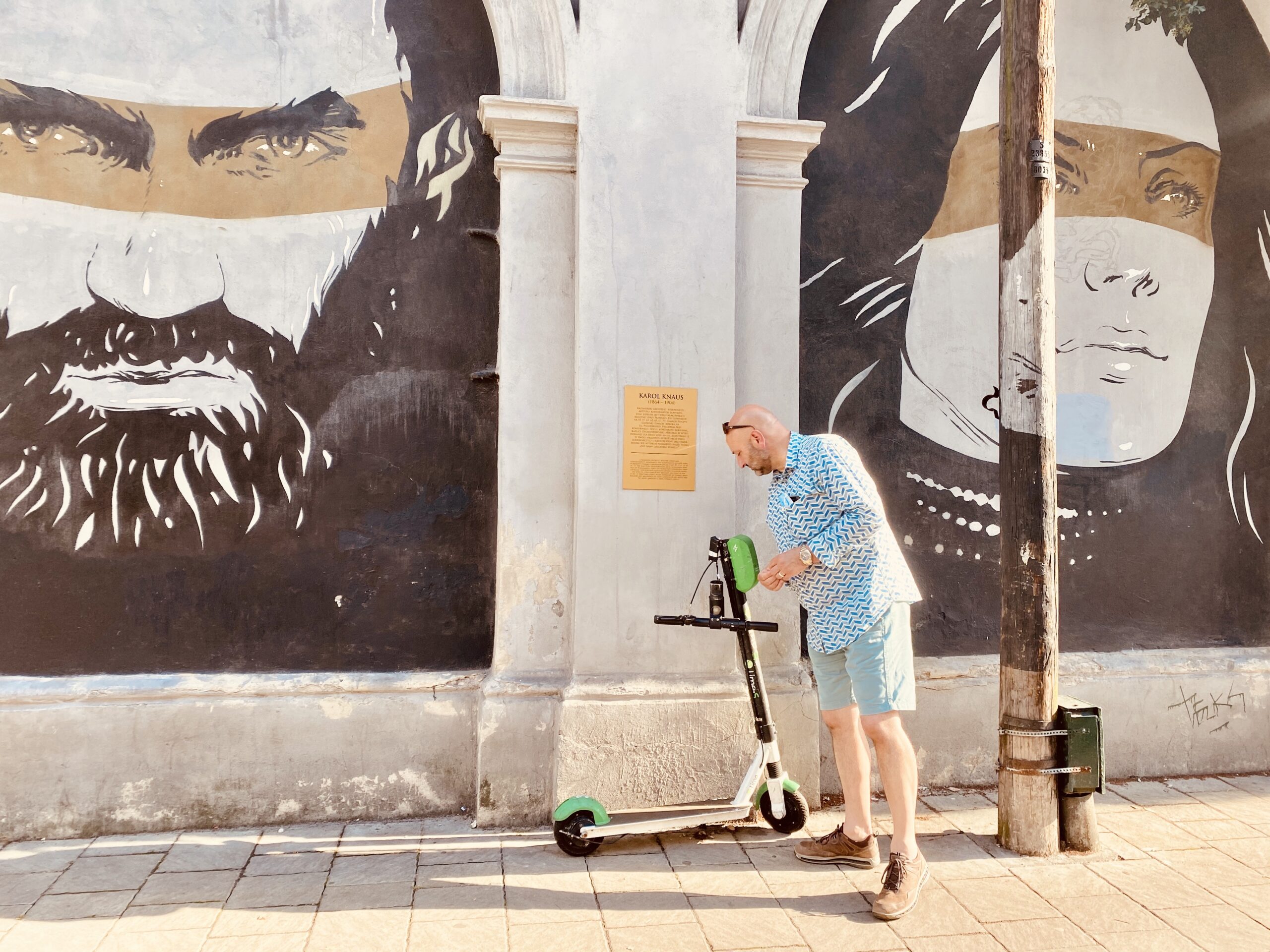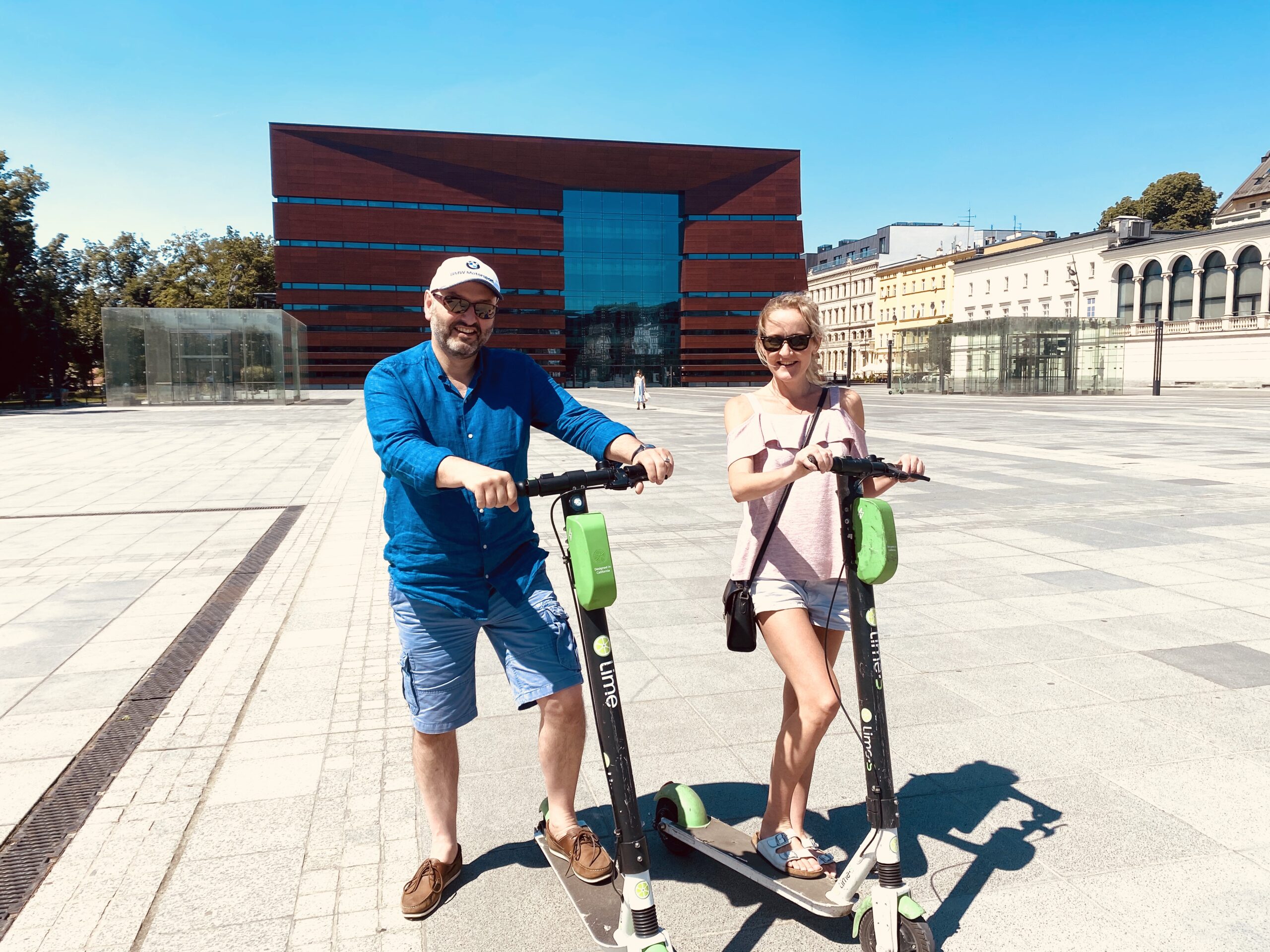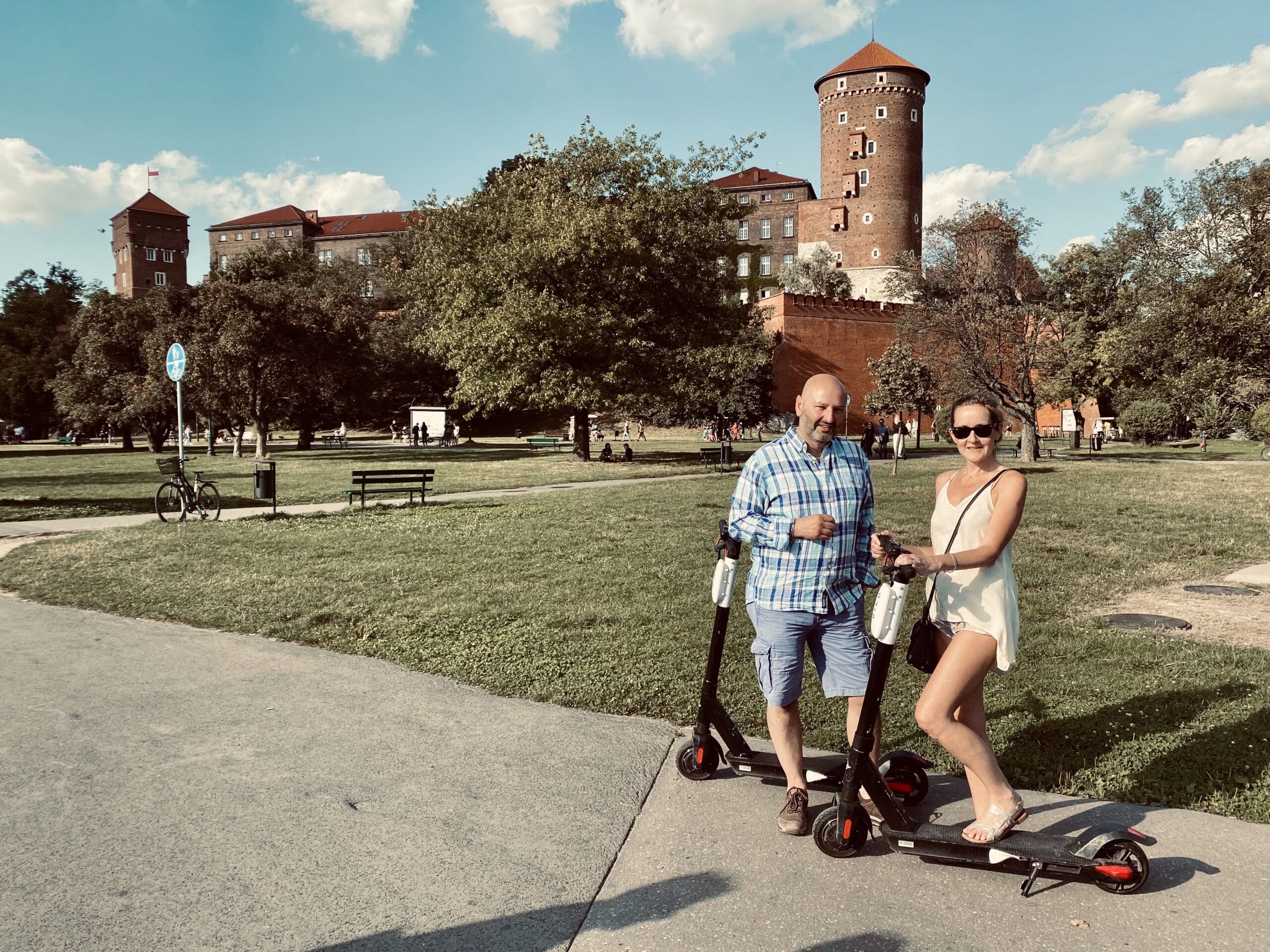Sustainable mobility is an important area in the delivery of the European Green Deal but its development is at risk. Lack of rules and regulations invites abuse and creates the fear of crime. Shortage of expertise affects the development of suitable policies.
At CPTED-UK we are proud to be the “early adopters” of the new forms of sustainable transport. Sustainable mobility is an important policy area in the delivery of the European Green Deal. Cities, where the level of emission is highest, have been introducing traffic restrictions such as bus and taxi only zones, limited on-street parking, or congestion charges. Alterations made to public transport aim to reduce traffic congestion and pollution and form a part of Sustainable Urban Mobility Planning (SUMP).
The latest additions to SUMP are the e-scooters. They conquer the world at speeds much higher than 15 mph. E-scooters share many characteristics with bicycles, which were the first form of shared micromobility and are currently experiencing a renaissance. In 1965 in Amsterdam 50 bicycles were left in the city for everybody to use freely- an initiative known as the ‘White Bicycle Plan’. E-scooters are gradually being introduced to the cities in a similar form of vehicle sharing.
We have visited a number of European cities where shared e-scooters and bicycles systems are well established. We have tested the systems with a very specific focus, their impact on the safety and security of the urban environment.
Unfortunately crime and anti-social behaviour often bring the shared micromobility to disrepute. Shared bicycles and e-scooters are regularly accused of littering the cities, imposing risk on pedestrians, or attracting vandalism.
In the cities we visited, the e-scooters featured as an element of the landscape everywhere we turned. Some were parked neatly in a line, others were scattered randomly around in the city’s various streets and squares. We came across many that had fallen over, looking out of order or abandoned. An app allows checking if an e-scooter is in working order. It provides information on the state of the battery, or the range of all the available vehicles.


Cracow, The Old Jewish Quarter, corner of Józefa and Estery Street, 25th August 2020, 8:31am. None of the Lime e-scooters parked at the junction is visible on the map. They are unavailable due to flat batteries.
E-scooters with flat batteries disappear from the map and in theory should be picked up by their operators (aka. juicers), and serviced. Having spent three days in the Old Jewish Quarter in Cracow, we know this is not always the case. Each day we walked by the same e-scooter that got vandalised and had the batteries removed.

Cracow, The Old Jewish Quarter, Józefa Street. August 2020. We walk by the same vandalised e-scooter three days in a row.
Operators are reluctant to share information about their losses; understandably it’s not something a business would be proud of. Crime issues are addressed within the company’s internal structures, where loss prevention methods are developed from scratch, often without access to professional security and loss prevention expertise.
So far e-scooters are rarely regulated, or even defined by legislation. Therefore operators of free floating vehicles are able to launch their products without any consultation with the local authorities. There is no need for any physical structures, such as docking stations, or secure storage hubs. E-scooter hubs are virtual, and as such they fall under the local authority’s radar.
Local authorities are responsible for the urban development, including public transport and cycling policy. Work is underway to regulate the e-scooter market by suitable legislation. Such processes should be informed by a comprehensive expertise so the regulations encourage the positive transition and actively engage the affected communities. Otherwise the regulations may become inappropriate, excessive and detrimental to the shared mobility sector.
In the meantime each local authority interacts with the shared e-scooter operators in a different way.
In theory, the e-scooters could be classed as abandoned vehicles and treated accordingly. Such a situation occurred in San Diego. In 2019 two business minded individuals took advantage of the gap in legislation to start collecting the e-scooters from the streets for a ransom.
The lack of policies and regulations may seem convenient for the business development, although such approaches are extremely short-sighted. Irresponsible expansion creates certain risks to the cities and the communities. Risk, unless controlled, more often than not turns into real problems that affect the personal safety and have a detrimental impact on the quality of life.
From the business perspective the e-scooters are best placed in locations covered by a heavy footfall, you’ll see them parked at train stations, shopping centres, tourist attractions etc. They don’t seem suspicious or out of place. Coincidently crowded places are also known to attract various forms of criminality, from pick pocketing to terrorism.
The shared mobility infrastructure needs to be developed with safety and security in mind to ensure the risk created doesn’t outweigh the benefits. Cleaner air, less noise pollution and reduced time in traffic improve the quality of life in the urban environment. Therefore SUMP deserves more consideration for the long term resilience of its infrastructure and the effective measures to mitigate both physical and reputational risks.
If you agree with the authors and want to take part in a SUMP crime prevention initiative please contact us.



